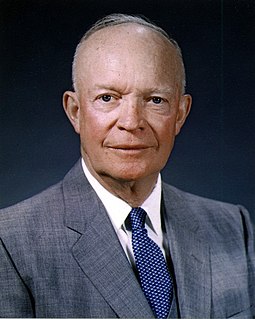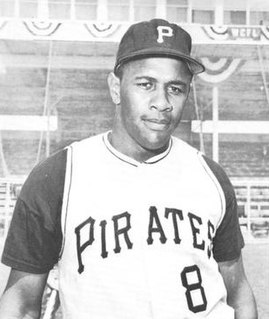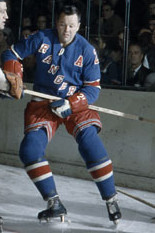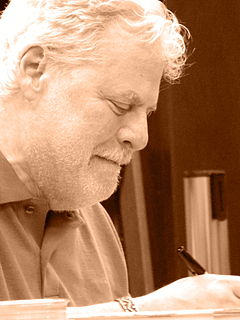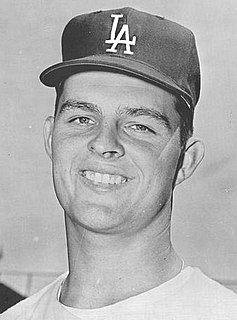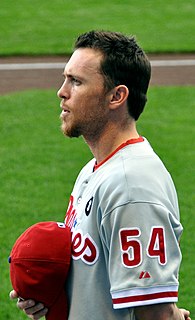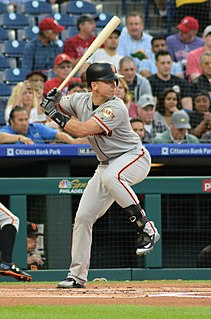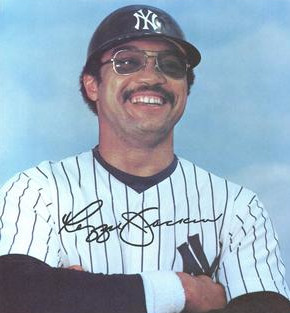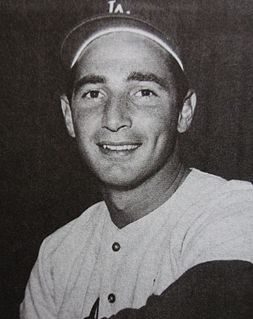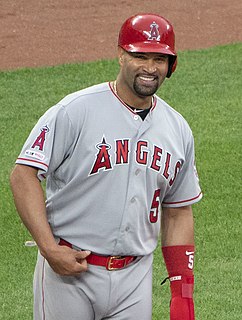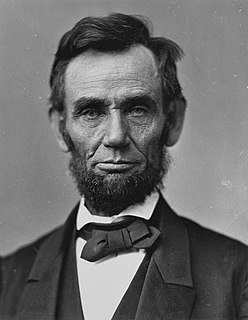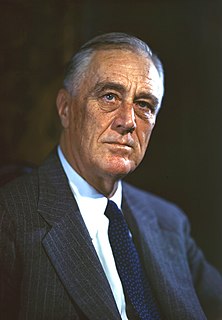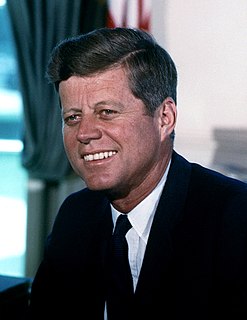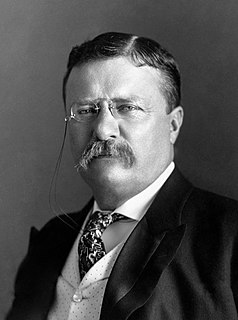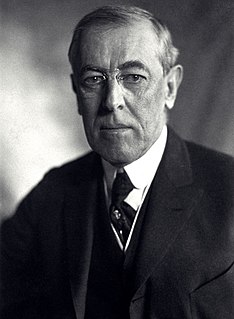A Quote by Dwight D. Eisenhower
I believe it is a tradition in baseball that when a pitcher has a no-hitter going, no one reminds him of it.
Related Quotes
Some coaches believed they could judge a player's performance simply by watching it. In this they were deeply mistaken. The naked eye was an inadequate tool for learning what you needed to know to evaluate baseball players and baseball games. Think about it. One absolutely cannot tell, by watching, the difference between a .300 hitter and a .275 hitter. The difference is one hit every two weeks. The difference between a good hitter and an average hitter is simply not visible-it is a matter of record
When you hit a player in the head, you're more apt to get some fisticuffs or, you know, bring both teams out on the field, but it was more accepted that - in the '50s, '60s and '70s. I think nowadays it's a little over-policed because I will always believe that knocking a hitter down, even hitting a hitter at, sometimes, is part of baseball.
